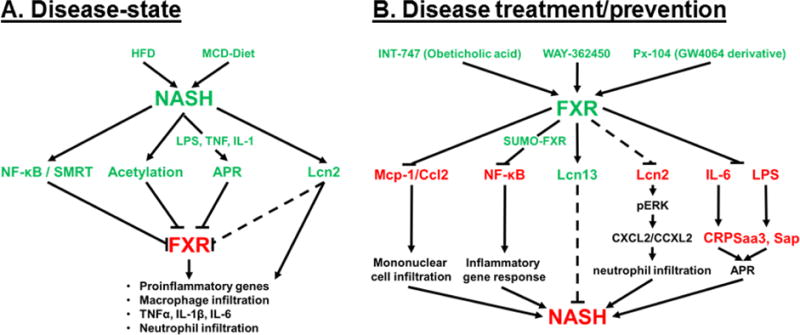Figure 1. NASH is a disease-state characterized by decreased FXR expression, and FXR agonism has been shown to inhibit molecular pathways directly related to NASH.

A) The disease-state schematic depicts the contributing factors of diet-induced NASH that result in decreased FXR and FXR-signaling resulting in the inflammatory phenotype that characterizes NASH. B) The disease treatment/prevention pathway represents the role of FXR agonism, via experimental FXR-agonists, in inhibiting key factors in the inflammatory pathways (Mcp-1, NF-κB, Lcn2, Il-6-mediated CRP, and LPS-mediated Saa3 and Sap) or the induction of Lcn13 to inhibit proinflammatory pathways that contribute to NASH. (ˇ) represents induction, (−) represents inhibition of subsequent factors, and (---) represents proposed regulation
